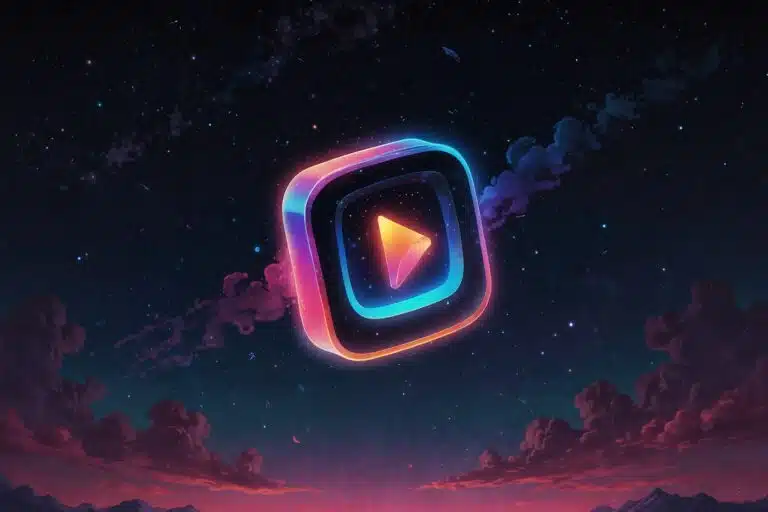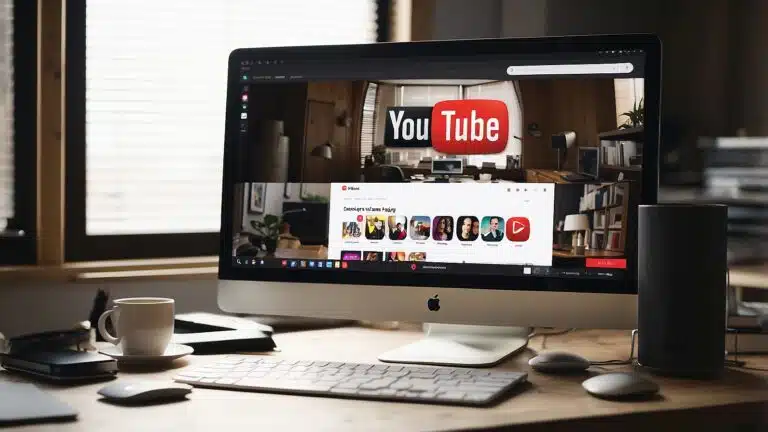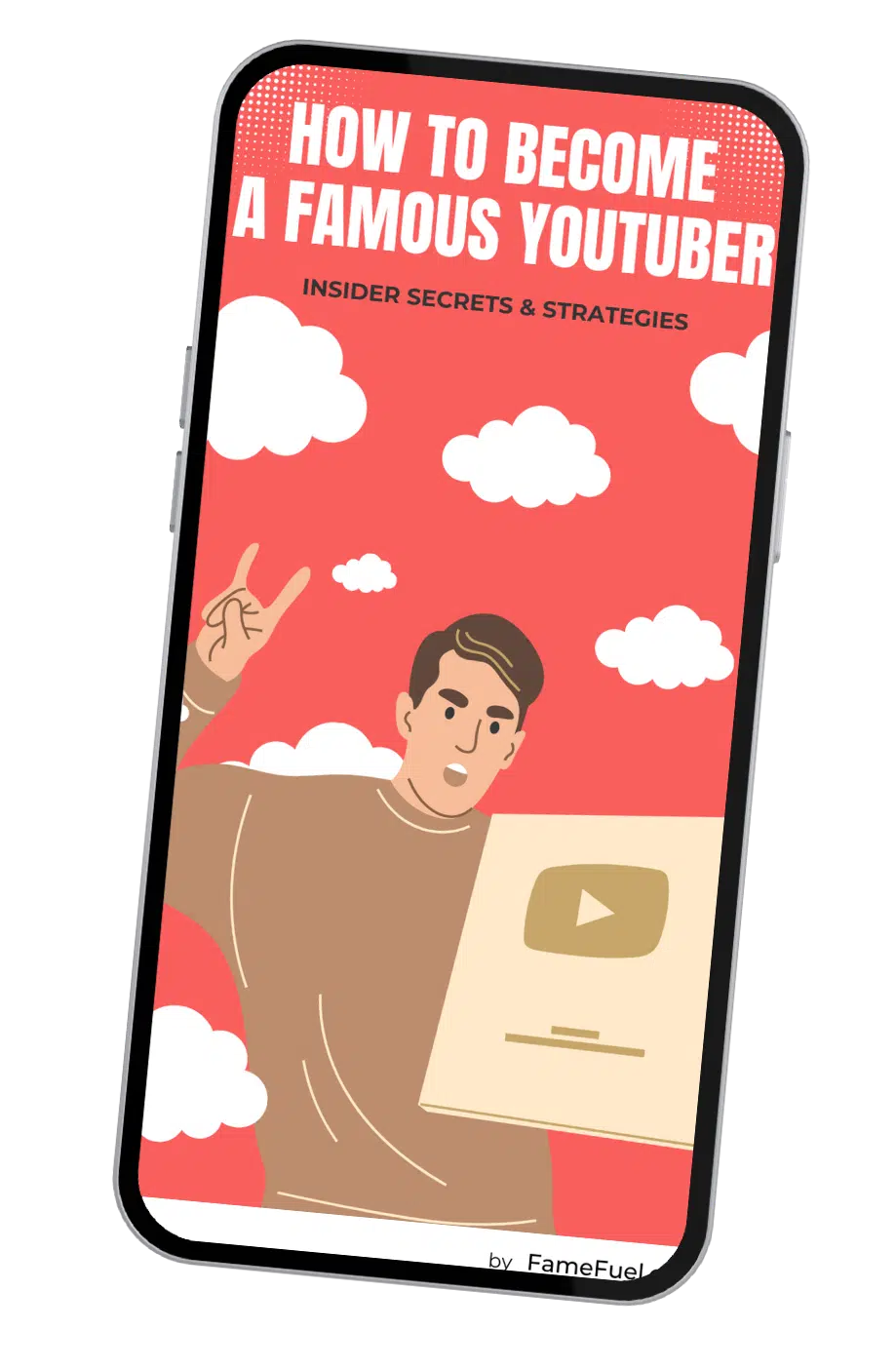YouTube has become a platform for creators to showcase their talent, share their stories, and engage with their audience. However, it is not just a platform for entertainment, it can also be a source of income for creators. One of the ways creators earn money through YouTube is by monetizing their videos. Monetization allows creators to earn revenue from ads that play before, during, and after their videos. Let's dive deep into YouTube monetization requirements for 2024 so far.

To be eligible for monetization, creators must meet certain criteria set by YouTube. These criteria are designed to ensure that creators are producing quality content and have an engaged audience. The two main eligibility criteria for monetization are watch time and subscribers. To join the YouTube Partner Program, creators must have at least 1,000 subscribers and 4,000 hours of watch time in the past 12 months.
In this article, we will discuss the YouTube watch time and subscriber requirements for monetization in 2024. We will provide an overview of the eligibility criteria for monetization and explain how creators can maximize their watch time. We will also explore alternative monetization strategies and the policies that creators must adhere to in order to monetize their videos. By the end of this article, readers will have a clear understanding of the requirements for monetization and how they can earn revenue from their YouTube videos.
Key Takeaways
- To monetize their videos on YouTube, creators must have at least 1,000 subscribers and 4,000 hours of watch time in the past 12 months.
- Creators can maximize their watch time by creating engaging content, promoting their videos on social media, and collaborating with other creators.
- In addition to ad revenue, creators can earn money through alternative monetization strategies such as merchandise sales, sponsorships, and crowdfunding.
Understanding YouTube Monetization
YouTube is a popular video-sharing platform that allows users to upload, share, and view videos. In recent years, YouTube has become a popular platform for content creators to monetize their content. In order to monetize their content, creators need to meet certain requirements set by YouTube.
YouTube Monetization Requirements
To monetize their content, creators need to meet two main requirements: watch time and subscribers. In 2024, YouTube requires creators to have at least 4,000 hours of watch time in the past 12 months and at least 1,000 subscribers. These requirements are put in place to ensure that creators have an engaged audience and that their content is of high quality.
Watch time refers to the amount of time that viewers spend watching a creator's videos. This metric is important because it indicates how engaged viewers are with the content. Creators can increase their watch time by creating engaging content that keeps viewers interested and coming back for more.
Subscribers are also an important metric for monetization. Subscribers are viewers who have chosen to follow a creator's channel and receive notifications when new content is uploaded. Having a large number of subscribers indicates that a creator has a loyal fan base that is interested in their content.
YouTube Partner Program
The YouTube Partner Program is a program that allows creators to monetize their content. In order to join the program, creators need to meet the monetization requirements mentioned above. Once they meet these requirements, they can apply to join the program.
Once accepted into the program, creators can monetize their content through ads, merchandise sales, and channel memberships. Ads are the most common way for creators to monetize their content. YouTube places ads on creators' videos and pays them a portion of the ad revenue.
In conclusion, understanding YouTube monetization requirements is crucial for creators who want to monetize their content. By meeting the watch time and subscriber requirements and joining the YouTube Partner Program, creators can monetize their content and earn revenue from their videos.
Eligibility Criteria for Monetization
To monetize a YouTube channel in 2024, creators must meet certain eligibility criteria. These criteria include the subscriber threshold, public watch hours, and adherence to community guidelines and policies.
Subscriber Threshold
To be eligible for monetization, a creator must have at least 1,000 subscribers on their YouTube channel. This requirement ensures that the creator has a certain level of engagement with their audience and that their content is reaching a significant number of people.
Public Watch Hours
In addition to the subscriber threshold, creators must also have a minimum of 4,000 valid public watch hours in the last 12 months. This means that viewers must watch at least 4,000 hours of the creator's content in the past year. This requirement ensures that the creator is consistently producing content that is engaging and valuable to their audience.
Community Guidelines and Policies
To be eligible for monetization, creators must also adhere to YouTube's community guidelines and policies. These guidelines and policies are in place to ensure that creators are producing content that is safe, appropriate, and respectful to all viewers.
Creators must also have 2-step verification enabled on their YouTube account to be eligible for monetization. This adds an extra layer of security to the creator's account and helps to prevent unauthorized access.
Overall, meeting these eligibility requirements for monetization on YouTube in 2024 is a significant achievement for creators. It demonstrates that their content is engaging, valuable, and adheres to YouTube's community guidelines and policies.
Maximizing YouTube Watch Time
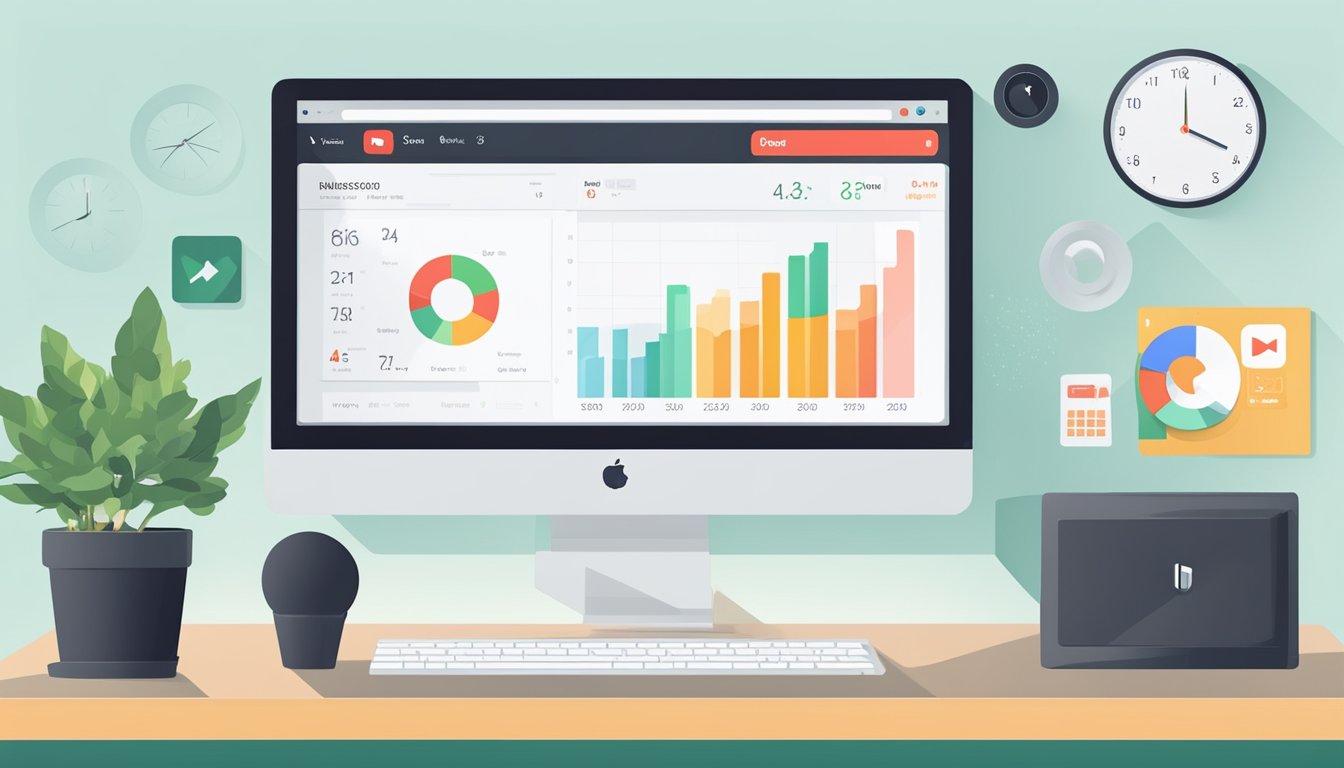
To monetize a YouTube channel, creators must meet certain requirements, including a minimum number of subscribers and watch time. Watch time is the total amount of time viewers spend watching a creator's videos, and it is a crucial metric for monetization. Here are some tips for maximizing watch time on YouTube.
Creating High-Quality Content
One of the most important factors in maximizing watch time is creating high-quality content. This means producing videos that are engaging, informative, and visually appealing. Creators should aim to create content that is unique and offers value to their viewers. They should also focus on creating videos that are well-produced, with good lighting, sound, and editing.
Engagement and Thumbnails
Another important factor in maximizing watch time is engagement. Creators should aim to engage their audience by responding to comments, asking for feedback, and encouraging viewers to subscribe and share their videos. They should also pay attention to their video thumbnails, as these can have a significant impact on click-through rates and watch time.
Leveraging the YouTube Algorithm
Finally, creators should leverage the YouTube algorithm to maximize watch time. The algorithm is designed to promote videos that are engaging and keep viewers on the platform for longer periods of time. Creators can optimize their videos for the algorithm by using relevant keywords in their titles, descriptions, and tags, as well as by creating playlists and promoting their videos on social media.
Overall, maximizing watch time on YouTube requires a combination of high-quality content, engagement, and algorithm optimization. By focusing on these factors, creators can increase their chances of meeting the watch time requirements for monetization.
Alternative Monetization Strategies
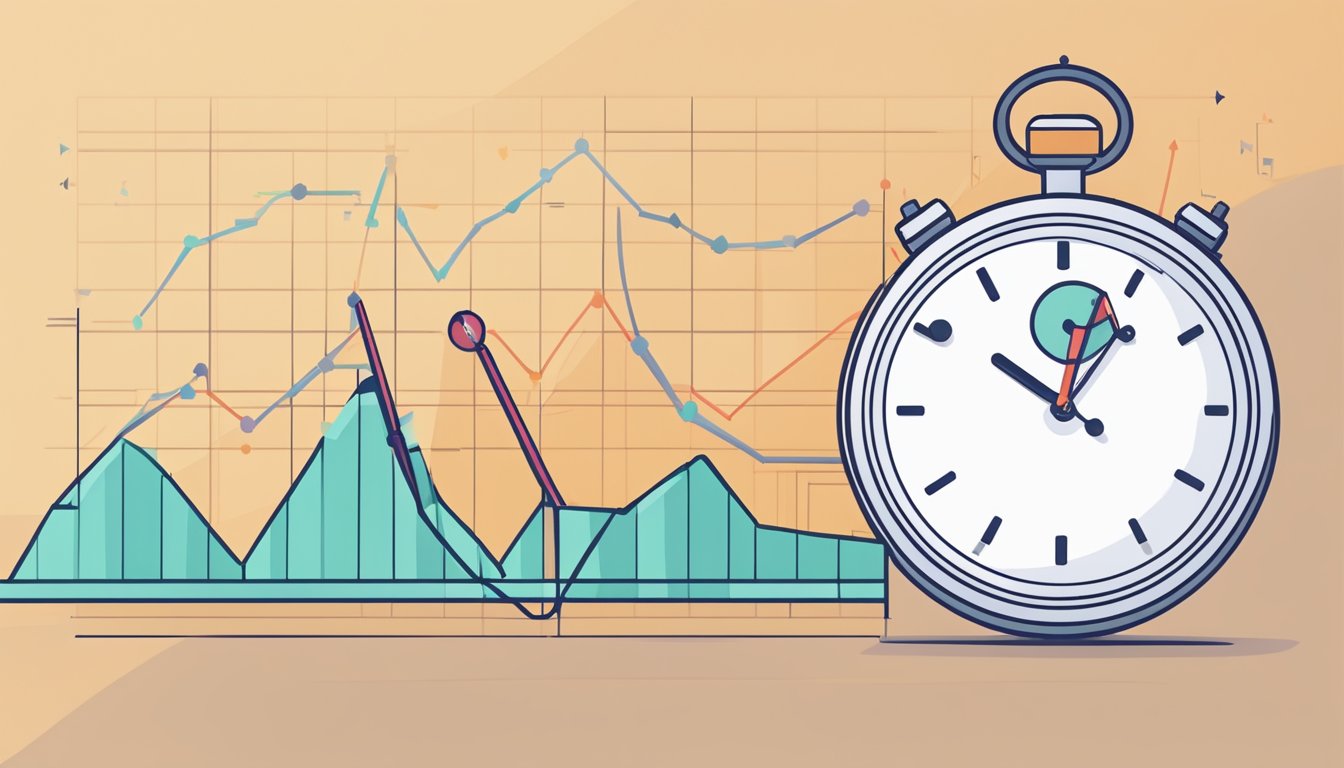
While YouTube monetization through the Partner Program is the most popular way to earn money on the platform, it is not the only way. In fact, some creators may find that alternative monetization strategies work better for them. Here are a few examples:
Membership, Merchandise, and Crowdfunding
One of the most popular alternative monetization strategies is to offer membership perks, sell merchandise, or use crowdfunding platforms. Creators can offer exclusive content, early access, or personalized experiences to their members. They can also sell branded merchandise such as t-shirts, mugs, or stickers. Crowdfunding platforms like Patreon, Kickstarter, or GoFundMe can be used to fund specific projects or to support ongoing content creation.
Affiliate Marketing and Brand Partnerships
Another way to monetize a YouTube channel is through affiliate marketing or brand partnerships. Affiliate marketing involves promoting a product or service and earning a commission on any resulting sales. Creators can join affiliate programs such as Amazon Associates, ShareASale, or Commission Junction to find products to promote. Brand partnerships involve working with companies to create sponsored content or to promote their products. Creators can reach out to brands directly or use platforms such as FameBit or Grapevine to find opportunities.
It is important to note that these alternative monetization strategies require a different approach than YouTube monetization through the Partner Program. Creators need to build a loyal audience, create high-quality content, and establish a strong brand presence to be successful. However, these strategies can provide more flexibility, control, and revenue streams than relying solely on YouTube monetization.
Adhering to Monetization Policies

To ensure monetization on YouTube, content creators must adhere to certain monetization policies. Failure to comply with these policies may result in a demonetized channel or even a channel termination.
Avoiding Copyright Issues
YouTube has strict policies regarding copyrighted material. If a creator uses copyrighted material without permission, their video may be removed or demonetized. To prevent this, creators should only use content they have the rights to use, such as original content or content with a Creative Commons license. If a creator is unsure if they have the rights to use a particular piece of content, they should seek legal advice or refrain from using it altogether.
Ensuring Advertiser-Friendly Content
YouTube also has guidelines for advertiser-friendly content. If a video does not meet these guidelines, it may be deemed not suitable for all advertisers, resulting in limited or no monetization. To ensure advertiser-friendly content, creators should avoid controversial or sensitive topics, excessive profanity, and graphic or violent content. Creators should also avoid discussing certain topics, such as drugs or alcohol, in a way that promotes or glorifies them.
In addition to adhering to these policies, creators must also have an AdSense account in order to monetize their channel. Creators should ensure their AdSense account is in good standing and that they are following AdSense policies as well.
By following these policies and guidelines, creators can ensure their channel is monetized and that they are earning revenue from their content.


















